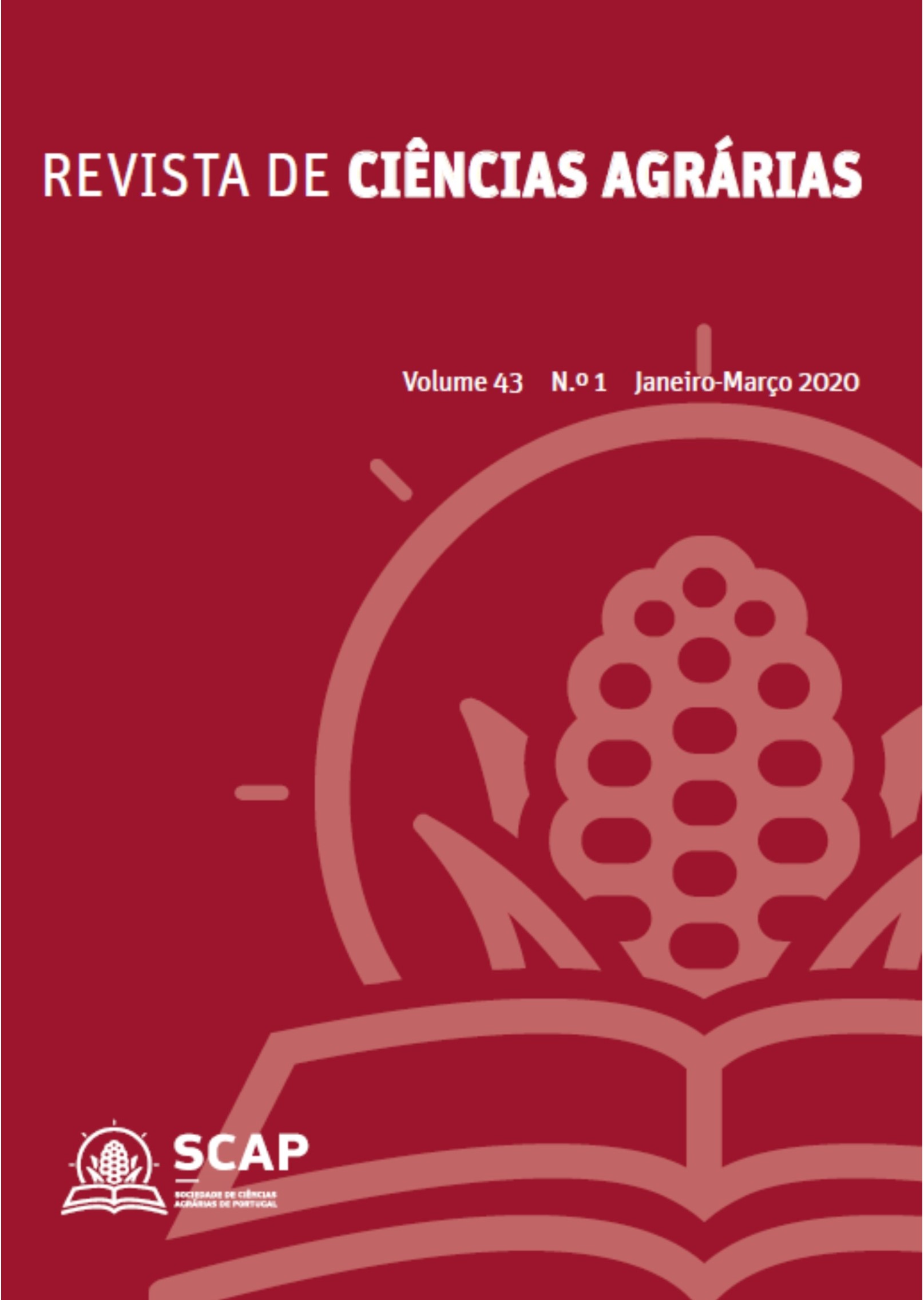Decomposition and Nutrient Release from Cover Crop Residues under a pear orchard
DOI:
https://doi.org/10.19084/rca.18391Abstract
Our objective was to evaluate, under field conditions, the dynamics of decomposition of crop residues under a pear orchard in Brazil. Residues of oat, oilseed radish, ryegrass and spontaneous vegetation were placed in litter bags and deposited between pear rows. After 0, 21, 36, 56 and 136 days, dry matter, carbon, lignin, cellulose, non-structural components, and nitrogen (N), phosphorus (P), potassium (K), calcium (Ca), and magnesium (Mg) were determined. Spontaneous vegetation residues had the longest half residence time compared to the introduced cover crops, while oat residues presented faster dry-matter decomposition rates (2-3 fold higher). Oilseed radish and ryegrass showed the highest final remaining dry matter (26-36%), and the largest nutrients release. Oilseed radish and ryegrass residues released 85 kg N ha-1, 67 kg P ha-1, 48 kg K ha-1, 16 kg Ca ha-1, and 9 kg Mg ha-1. Oilseed radish can potentially benefit mineral nutrition of fruit trees.


